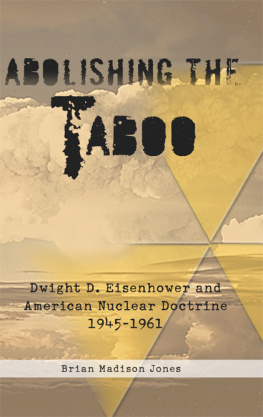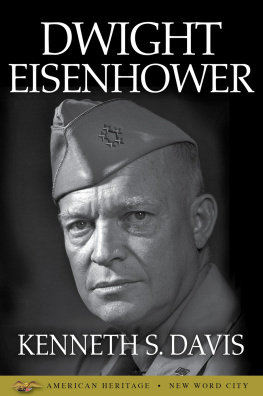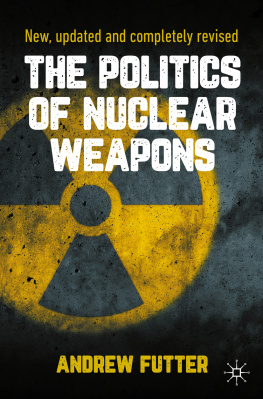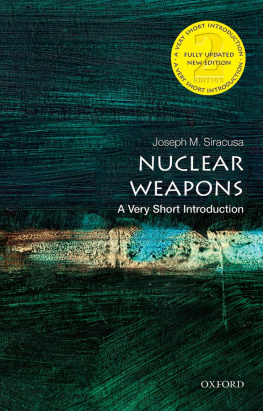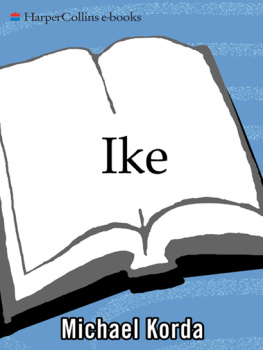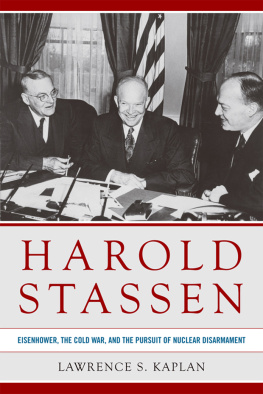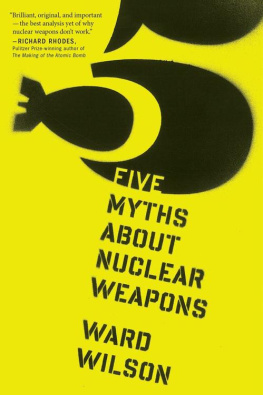

Dedication: for Shannon
Helion Studies in Military History
| No 1 | Learning from Foreign Wars. Russian Military Thinking 1859-73 Gudrun Persson (ISBN 978-1-906033-61-3) |
| No 2 | A Military Government in Exile. The Polish Government-in-Exile 1939-45, a Study of Discontent Evan McGilvray (ISBN 978-1-906033-58-3) |
| No 3 | From Landrecies to Cambrai. Case Studies of German Offensive and Defensive Operations on the Western Front 1914-17 Capt G.C. Wynne (ISBN 978-1-906033-76-7) |
| No 4 | Playing the Game. The British Junior Infantry Officer on the Western Front 1914-18 Christopher Moore-Bick (ISBN 978-1-906033-84-2) |
| No 5 | The History of the British Army Film & Photographic Unit in the Second World War Dr Fred McGlade (ISBN 978-1-906033-94-1) |
| No 6 | Making Waves. Admiral Mountbattens Radio SEAC 1945-49 Eric Hitchcock (ISBN 978-1-906033-95-8) |
Helion & Company Limited
26 Willow Road
Solihull
West Midlands B91 1UE
England
Telephone 0121 705 3393
Fax 0121 711 4075
Email: info@helion.co.uk
Website: www.helion.co.uk
Published by Helion & Company 2011
eBook Edition 2011
Designed and typeset by Farr out Publications, Wokingham, Berkshire Cover designed by Andrea Mages Photography, LLC Printed by Henry Ling Ltd, Dorchester, Dorset
Text Brian Madison Jones Photographs as individually credited
ISBN 9781907677311
eISBN 9781907677809
British Library Cataloguing-in-Publication Data. A catalogue record for this book is available from the British Library.
All rights reserved. No part of this publication may be reproduced, stored in a retrieval system, or transmitted, in any form, or by any means, electronic, mechanical, photocopying, recording or otherwise, without the express written consent of Helion & Company Limited.
Front cover image - Operation Ivy Mike: The United States detonated the worlds first hydrogen bomb in the Pacific Ocean on 1 November 1952, just three days before the election of Dwight Eisenhower as President of the United States (National Archives); Rear cover image - Marines participate in A-Bomb tests, 22 March 1955 (National Archives)
For details of other military history titles published by Helion & Company Limited contact the above address, or visit our website: http://www.helion.co.uk.
We always welcome receiving book proposals from prospective authors.
Contents
List of Illustrations
President Dwight D. Eisenhower (National Archives)
Mushroom cloud from the Hiroshima atomic bomb, 6 August 1945 (National Archives)
Dwight D. Eisenhower and Secretary of Defense James Forrestal, 15 February 1949 (Harry S. Truman Presidential Library)
President Truman and General Dwight D. Eisenhower, 31 January 1951 (Harry S Truman Presidential Library)
Atomic Cloud with Soldiers Joking, 1 May 1952 (National Archives)
Lieutenant Colonel Dwight D. Eisenhower, Camp Meade, Maryland, 1919 (Dwight D. Eisenhower Presidential Library)
Marines Participate in A-Bomb Tests, 22 March 1955 (National Archives)
Atomic Cannon Test, Frenchmans Flat, Nevada, 23 May 1953 (National Archives)
President-Elect Eisenhower in South Korea, 4 December 1952 (Dwight D. Eisenhower Presidential Library)
John Foster Dulles, Winston Churchill, Dwight Eisenhower, and Anthony Eden, 25 June 1954 (Dwight D. Eisenhower Presidential Library)
Operation Ivy Mike was the worlds first test of hydrogen bomb by the United States on 1 November 1952, just three days before the election of Dwight Eisenhower as President of the United States. (National Archives)
President Eisenhower and Secretary of State Dulles, 14 August 1956 (Dwight D. Eisenhower Presidential Library)
Fallout Shelter, 1957 (National Archives)
Civil Defense Poster (Dwight D. Eisenhower Presidential Library)
Launched in 1962, the N. S. Savannah was the worlds first nuclear-powered passenger ship. (National Archives)
Dwight and Mamie Eisenhower leave church services at the National Presbyterian Church on 20 January 1953. (Harry S Truman Presidential Library)
Operation Cue tested the effects of an atomic blast on typical suburban houses and household items, 5 May 1955. (National Archives)
Eisenhower delivers his Atoms for Peace speech to the General Assembly of the United Nations on 8 December 1953. (Dwight D. Eisenhower Presidential Library)
Eisenhowers funeral services at the Washington National Cathedral on 31 March 1969. (Richard Nixon Library)
Acknowledgments
T hough this has been a selfish project, it has not been a solitary effort. I owe the deepest gratitude to those who have given selflessly of themselves to support the completion of this book. I owe tremendous gratitude to Jack Holl who supervised the dissertation at Kansas State University which ultimately became the basis for this book. At Kansas State, my thanks also go to Donald Mrozek, Sue Zschoche, David Graff, John McCulloh, Joseph Unekis, Chad Litz, and Tracy Turner. This book would not have possible without the help of Jim Leyerzapf, Herbert Pankratz, and David Haight at the Dwight D. Eisenhower Presidential Library and Patricia Hand and Matthew Schaefer at the Herbert Hoover Presidential Library. My thanks also go to John Smail, George Warren, Daniel Butcher, and Deborah Quick for providing me opportunities to teach while completing this manuscript. Thanks also are due to Andrea Mages who designed the books cover.
For their support and friendship during this process, I am grateful to Jason and Angela Buchanan, Chris and Sonya Vancil, Lisa and Mike Mundey, Dan and Sally Friedman, and Micah and Michelle Booth. My many thanks go to Tim and Nancy Mages, Tim and Andrea Mages, Becke and Tony Barlow, and my grandparents, Harry and Shirley Wood, for their support. I am monumentally grateful to my sister, Ashley Gragg, and her husband, Rick, for their genuine commitment to my academic endeavors. My deepest thanks go to my parents, James and Susan Jones, who have done so much for me that I can not hope to express it all in these short sentences.
Finally, I can only begin here to express my gratitude to Shannon, my wife and my best friend. Shannon carried the weight of this project on her shoulders just as I did, but never once did she question the soundness of my choices, complain about the sacrifices we made, or waver in her support of me. The completion of this book is as much a result of her dedication, her effort, her patience, and her wisdom as mine.
Introduction
O nly three men were in the room that morning for the presidents regular National Security Council briefing. James Lay, Executive Secretary of the NSC, took the meetings minutes; the Special Assistant for National Security Affairs Robert Cutler gave the briefing and President of the United States Dwight D. Eisenhower considered the subject of Cutlers discussion: the role of nuclear weapons and nuclear technology in American life. The briefing notwithstanding, the president had been thinking on this subject for some time and had already decided on a course of action. The time had come for a serious revision to the Atomic Energy Act of 1946 in order that atomic weapons be treated like other weapons, the president told Cutler. After all, he continued, if there is to be peaceful usage of nuclear material, its handling and production needs to be considerably unshackled from restrictions which were originally appropriate. He suggested to Cutler that the taboo on the use of atomic weapons be abolished. That October morning President Eisenhower expressed his desire to take advantage both of those peaceful usages and the tremendous military value of nuclear weapons. In addition to necessary changes to existing legislation, he also sought to convince the American people that nuclear weapons were virtually the same as other weapons and that they could and should be used to maximum potential for the purposes of national security.
Next page
